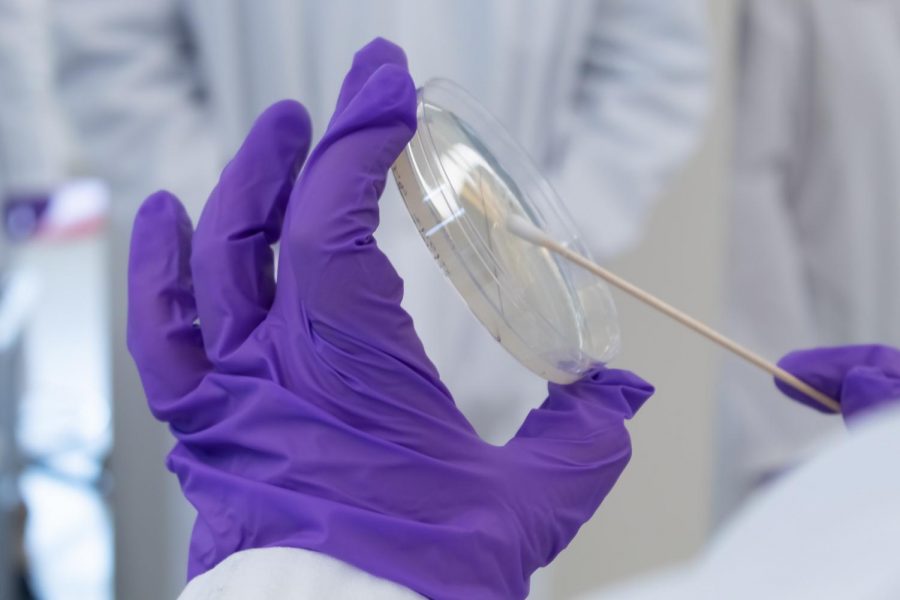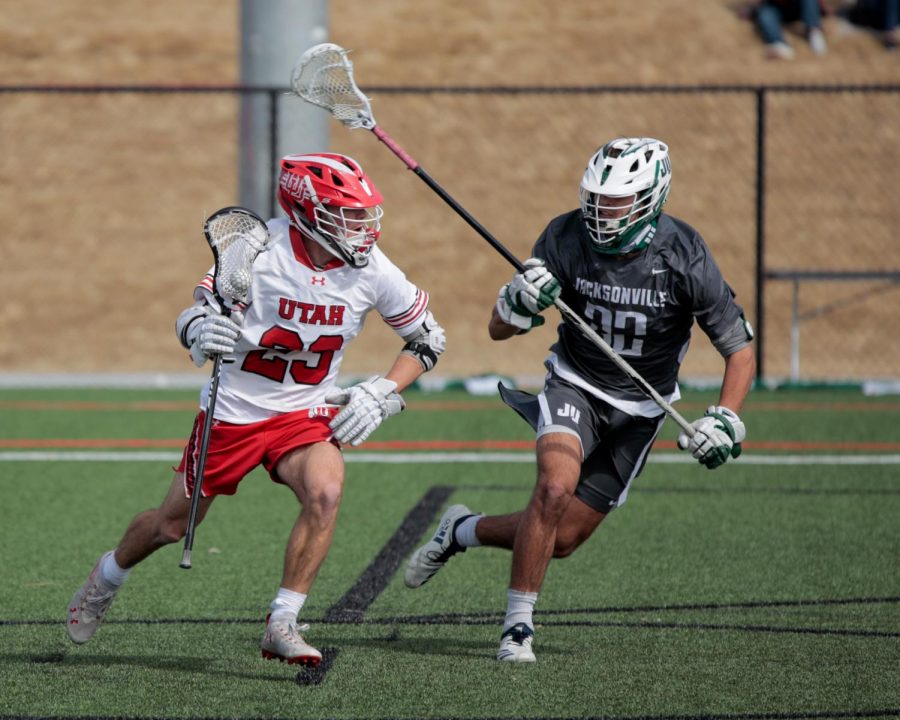Multisystem Inflammatory Syndrome Presents in People Previously Infected with COVID-19
2021 Photo by Hailey Danielson | The Daily Utah Chronicle
March 4, 2021
While once seen as a mystery illness that would strike after contracting COVID-19, Multisystem Inflammatory Syndrome, the condition has since been described as a post-viral syndrome, which occurs mostly after a patient has had COVID-19 or been around someone who has COVID-19.
The condition causes different parts of the body to become inflamed, including a person’s heart, lungs, kidneys, brain, skin, eyes, or other organs. The symptoms include fever, abdominal pain, vomiting, diarrhea, rash, red eyes, and fatigue.
At the beginning of the pandemic, it seemed as if it was only affecting children, but it has been discovered multisystem inflammatory syndrome can occur in adults too. MIS-C occurs in children while MIS-A occurs in adults, however, it is still mostly children who come into the hospitals with prolonged fever.
“In fact, some patients may not even know they have been infected with COVID-19 when they start to experience symptoms of multisystem inflammatory syndrome,” said Dongnan Truong, a pediatric cardiologist at the University of Utah Health and Intermountain Primary Children’s Hospital.
A more severe aspect of the illness is the cardiovascular element. The heart muscle can become affected and in some reports over 50% of patients had a decreased squeeze of the heart, as found by Truong. With the heart being inflamed, there is the shock of low blood pressure.
The illness can be diagnosed is through a nose swab, blood tests, chest x-rays and a heart ultrasound or abdominal ultrasound. Most patients who become ill should go to the hospital.
In ways, multisystem inflammatory syndrome treatment was created from treatment for Kawasaki disease which also inflames the heart. The majority of patients do recover however there is a small chance of death.
Truong found Intravenous Immunoglobulin Therapy helps with fever and inflammation. This type of therapy can help people with weakened immune systems fight off infection.
Jill Sweney, who works in pediatric critical care at the U Health and Intermountain Primary Children’s Hospital, has also been involved in the panel of doctors in Utah to try to find out more about the illness.
“These patients usually turn around in 3-5 days, but some reported cases that we have been hearing about presented much sicker and required mechanical ventilation and ECMO support,” Sweney said.
The precautions are the same as protecting ourselves from COVID-19: practice good social distancing, washing hands and wearing masks. A patient must first contract COVID to get MIS-C or MIS-A regardless of age.
“The CDC says that it is possible people less than 21 can contract multisystem inflammatory syndrome. Older teenagers and adults can get it and should be cautious,” Truong said.
University students can be at risk for contracting MIS-C if under 21 and MIS-A if they are over 21.
“There are 70 cases so far here in Utah. Compared to the total population, this is a small number. Nevertheless, patients can become very sick. Fatalities occur but are rare,” Truong said.
Organ systems can continue to improve over time after the initial shock of contracting the disease.
“If a student begins to feel very ill after recovering from COVID-19 one month later, they definitely should go see a doctor,” Truong said.












